On December 10th, the Stark Center hosted a party for approximately 125 fans of Austin golf, most of whom were members of the Austin History Center Association and, as such, were also students of the history of this part of Central Texas. The party featured an open bar, a catered buffet, and an informal, extended interview with Tom Kite and Ben Crenshaw, two of golf’s most successful touring professionals. Although from the beginning our main research and collecting focus at the Stark Center for Physical Culture and Sports has been on various aspects of physical culture, we decided early on to concentrate on one popular sport—golf.
We chose the Royal and Ancient game for several reasons. For one thing, while we were still in the planning stages of the center we were approached by the family of the late Edmund Hoffman, a UT graduate and lover of golf who had expressed that love by hosting tournaments in Dallas as well as by assembling almost 2000 golf books, many of which are rare. Hoffman’s family had heard of the center and asked us if we would like to have this singular collection. As we already had perhaps 200 significant books on the sport we invited Mr. Hoffman’s widow, Adele—another UT alumnae—and his son, Dr. Richard Hoffman, to visit us in Austin for a discussion. Following that conversation we enthusiastically agreed to accept their generous gift, which was followed some months later by a stipend of over $100,000 to support the hiring of Cindy Slater, our Director of Library Services.
Another reason we decided to make a serious effort to collect materials related to this ancient sport was that Austin and the University of Texas are fortunate enough to lay claim to at least three bona fide golf icons—Harvey Penick, Tom Kite, and Ben Crenshaw. Kite and Crenshaw, of course, are among the game’s greatest players, and Penick is the legendary coaching guru who not only shepherded both boys but went on to co-author with Bud Shrake the most successful sports book in history—Harvey Penick’s Little Red Book–the original of which now resides at the Stark Center thanks to the generosity of Harvey’s son, Tinsley, himself a member of the UT golf team who succeeded his father as head professional at Austin Country Club. Harvey Penick, who was born in Austin in 1905, came to golf through his work as a caddy at Austin Country Club, and soon developed a solid game as well as a solid work ethic—traits which led to his being hired as the club’s “pro” when he was only 19. He remained the golf pro at the ACC for over 50 years, during which time he helped to develop champions including Morris Williams Jr., Betsy Rawls, and Kathy Whitworth, as well as numerous top amateurs.
A third reason for our fondness for golf is that whereas most of our other major sports either tolerate cheating or even celebrate it, the Rules of Golf are universally followed by top players who routinely call penalties on themselves. Is there anything in golf comparable to teaching offensive linemen how to hold an opponent and get away with it, to pitchers doctoring baseballs, to hitters corking their bats, to boxers hitting below the belt, to basketball players intentionally fouling their opponents, to weightlifters taking prohibited substances, and so on? For that matter, who can imagine a tennis match at Wimbledon in which the two men, or women, in the final called their own lines? Or a baseball game in which the pitchers called balls and strikes. Most people give lip service to honoring the rules of sport, or bloviate about the horrors of cheating, but the days are long gone in which the shout once heard across the playing field is taken seriously, “Play up, play up! and play the game!” Except in golf.
************************************************************************************************************************
Tom Kite, two years Ben Crenshaw’s senior, moved to Austin at the age of ten, and he repeated during the interview his long held belief that the best day of his life was when his father took a job in Austin. Already a skillful player, young Tommy soon won his first tournament—at the age of only eleven. But although Kite was indeed a “boy wonder,” Ben was more wondrous still, shooting a 76 when he was only ten. But both were doubly blessed by coming together under the quiet, watchful eye of Harvey Penick, who had the remarkable insight to always teach them separately as well as differently as their natures and talents were so unlike. Their very approaches to the game were different. Ben preferred to play; Tom relished practice. But although these two mannish boys were rivals throughout their early careers, both now realize how truly lucky they were. “I hated him [when I was first around him],” Tom said during the interview, “because I thought I was good until I saw a boy two years younger who could really, really play. But we played a lot and we had a great time—like brothers. Ours is one of the greatest relationships of my life and I wouldn’t have accomplished what I have without Ben.” “Profound respect,” replied Ben. “From the beginning.”
Tom enrolled at UT two years ahead of Ben. The first year they played on the same team Texas won the National Collegiate Championship, and both tied for first place in individual play. Ben went on to win the individual title twice more before turning pro and stunning the golf world by winning the first PGA Tour title of his career. “He’s the next Palmer, the next Nicklaus,” everyone said, but although Ben never quite reached those heights he recorded 19 PGA Tour titles, two Masters green jackets, became one of the Tour’s most popular players and, in 1999, he captained the US team to its historic comeback victory in the Ryder Cup. His greatest years as a player were in the 1970s and 1980s, and many regard him as the finest putter in the game’s history. Guided by a deep and abiding interest in golf history, Ben segued gracefully into a celebrated career in golf course design. He continues to hold a warm spot in the hearts of golfers everywhere for his emotional Masters win in 1995, his natural flair for the game, and his profound love of golf history—a love manifested by his 800-plus collection of golf books, many of which are old and very rare. Ben is also a significant donor to the Stark Center, having placed one of his Masters trophies at the center along with his Ryder Cup Captain’s Cart, his large file of clippings and videos, and even the uniform worn on the last day of the Masters by his longtime caddy, friend, and now co-author Carl Jackson.
As for Tom, he methodically moved forward after he left UT and joined the pro tour, before long establishing himself as an indefatigable competitor and frequent contender in major championships. He became the first man to earn five million dollars on the PGA Tour and followed that by reaching six, seven, and eight million dollars before anyone else. In 1992 Tom won the US Open, and eventually earned over $9,000,000 on the regular PGA Tour and more still after he reached 50, winning ten times so far on the Champions Tour. Still active as a competitor, in the 2012 US Senior Open Tom carded an unbelievable, record-setting 28 on the first nine holes, the lowest nine-hole score in history for a Senior event.
Tom also made a critical—but little known–contribution to the sport back in the late 1970s. First some background. During the 1970s Diversified Products–an Alabama company that developed and marketed plastic weight plates filled with a sand-like mixture–enjoyed explosive growth and made a great deal of money. Many of the executives of DP were recreational golfers—although none of them trained with weights, ironically enough, but after a group of them went through a two-month program of heavy weight training they noticed that they were longer off the tee and that their games improved in other ways, too. This gave one of the executives, Lanier Johnson, the idea that if he could convince some of the top golfers to take up weight training it might substantially expand the market for DP weights among recreational golfers, most of whom never trained because the thinking in those days in the sport was that heavy lifting would make a person stiff and inflexible, considered ruinous for anyone hoping to play better golf. Johnson, after getting the backing of the CEO of DP, approached Deane Beman, then PGA Tour commissioner, with an offer to provide a tractor-trailer rig designed to be a mobile gym–along with drivers and two professional athletic trainers who would travel with the men’s tour and allow the players to have a private place to train and professionals to help them. Beman, a US Amateur champion and later one of the few to utilize strength training on the tour, liked the idea but suggested to Johnson that they invite a small number of golf pros who would take part in a training study. The idea was that such a training study—undergone by a group of their peers—might be the only way to convince any of the tour players to use the travelling gym. The original idea would be to entice a group of touring pros to take part in the training study, but the only willing golf pros were non-touring club pros—not playing pros on the PGA Tour. However, one touring pro—and a top pro at that—agreed to be a “guinea pig.” That man was Tom Kite. It’s a long story, but Tom took the physical, did the pre-testing under Dr. Frank Jobe at the Centinella Clinic, followed the training protocol at home using gym equipment provided by DP, and did the post-testing. The training study—which included electromyographic analysis revealing which muscles fired, when they fired, and how strongly they fired—demonstrated, not surprisingly, that doing appropriate exercise would make a person more flexible, stronger, and more enduring. The “success” of this study—and particularly the fact that Kite was one of the subjects—convinced Beman to enter into an agreement with DP. Thus it was that a tailor-made tractor-trailer rig staffed by drivers and professional physical therapists began to follow the tour around the country. At first most players were reluctant to make use of the trailer, but some said to themselves, “if it’s good enough for Tom Kite it’s good enough for me.” And when those who followed Tom to the trailer reported positive results, more and more players came too and before long there were two trailers on the PGA tour as well as one on the Senior PGA Tour and one on the LPGA Tour. Now, of course, regular training by the leading golfers is no longer the exception, and Tom Kite—who continues to train hard and maintains the body of a fit man of 40—had a pioneering role in the sea-change seen in golf over the past 35 years. There were, to be sure, exceptional golfers who trained much earlier for strength—men like the mid-20th century amateur Frank Stranahan, who worked out like a competitive weightlifter and the phenomenal Gary Player, who came later than Stranahan but was no less dedicated to his own training regime. Even so, these men were so far ahead of their time and somewhat eccentric in other ways that their exercise programs were dismissed. Not so Kite, who with his willingness to take a chance and listen to his body was crucial to the success of an idea whose time had come, at long last, to golf—the last major sport to board the bandwagon.
************************************************************************************************************************
Tom Kite and Ben Crenshaw–these two singularly but differently gifted men who have been Austinites for over a half century—have had careers which are strikingly, almost eerily similar. Ben won two major championships; Tom won one, but Tom won considerably more money on the PGA tour than did Ben. But the most amazing similarity between the two is that each man recorded the same—not close to the same but exactly the same—number of official tour victories: 19. Nineteen for Tom. Nineteen for Ben. The two legends are also alike in that both have donated most of their golf memorabilia to the Stark Center, and both have cheered us on as we’ve continued to build our golf collection. These acts of generosity speak to their character, of course, and to their love of the game in which they’ve made their living and their lives, and the reaction of the golf-savvy Austin crowd who came to hear what turned out to be a wonderfully entertaining and clearly heartfelt evening of reflection was everything we hoped it would be.


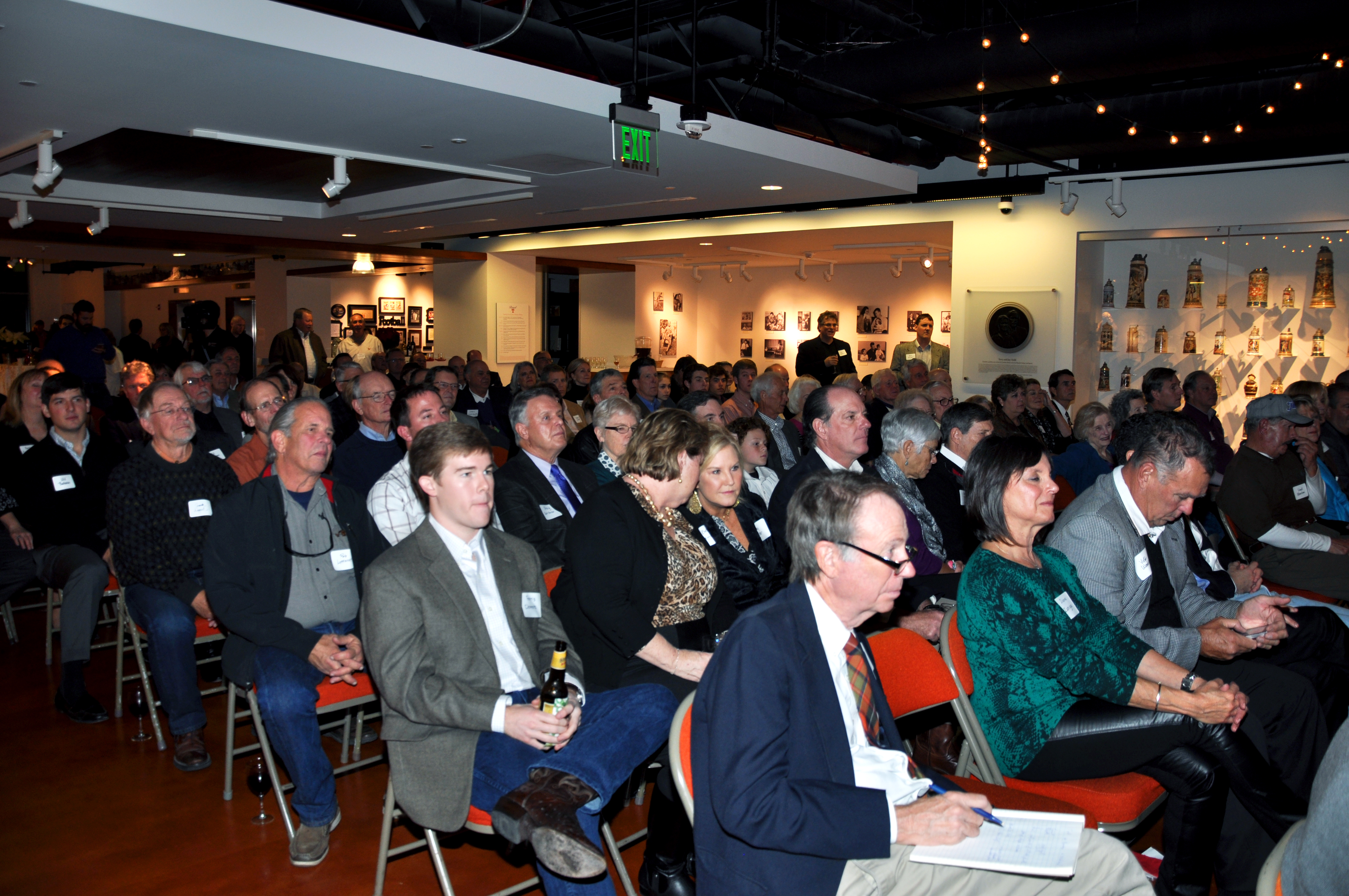

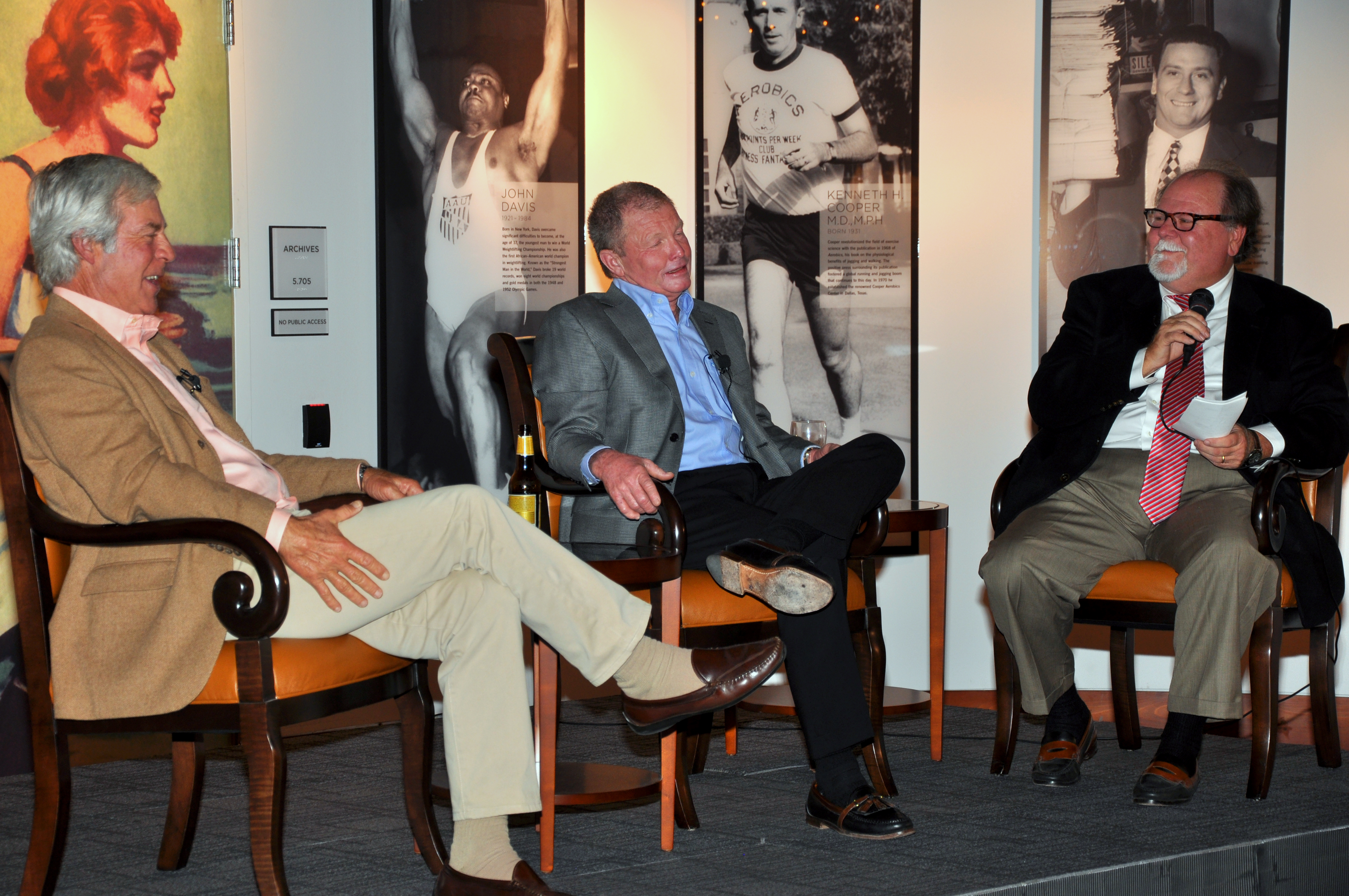
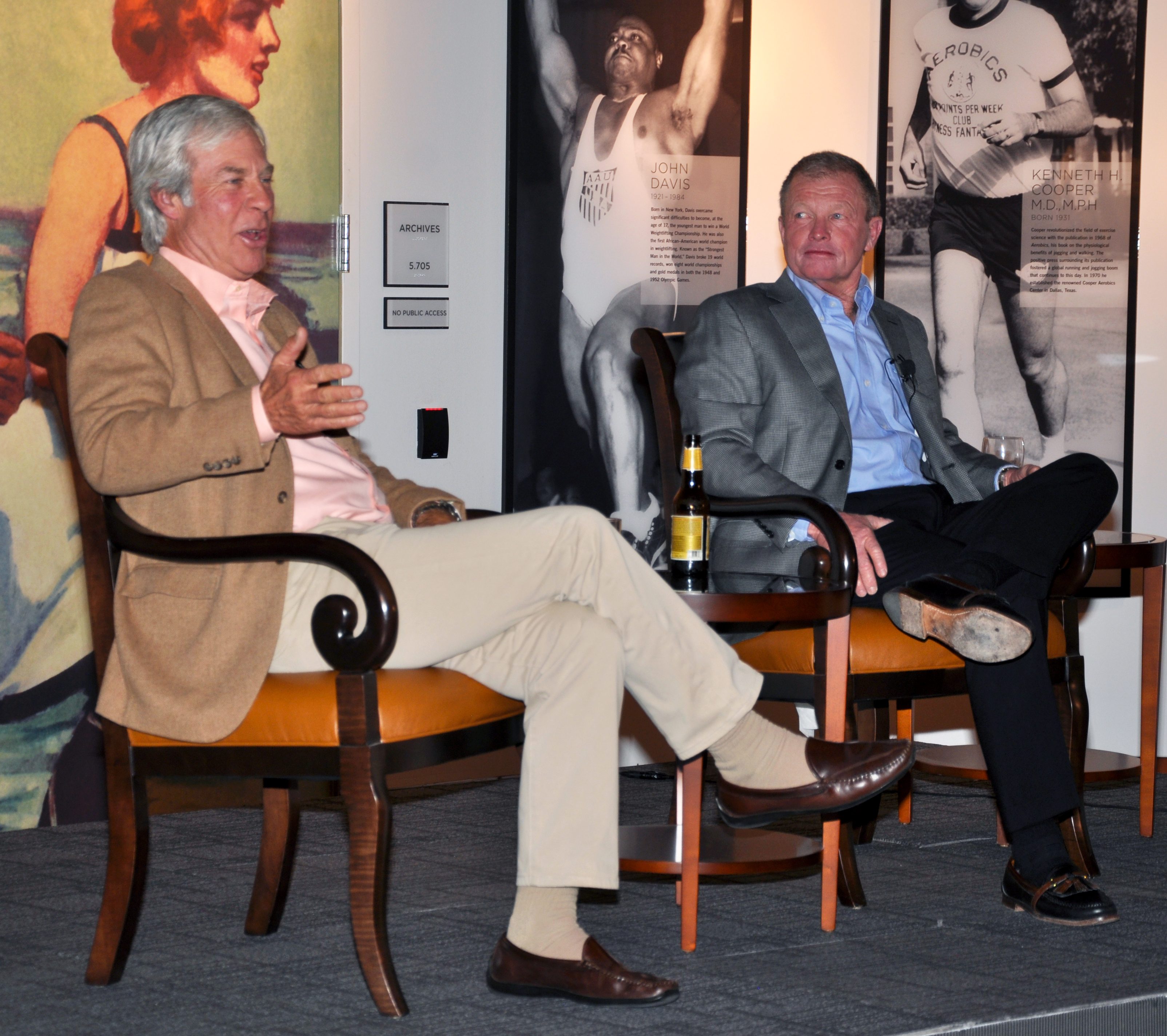

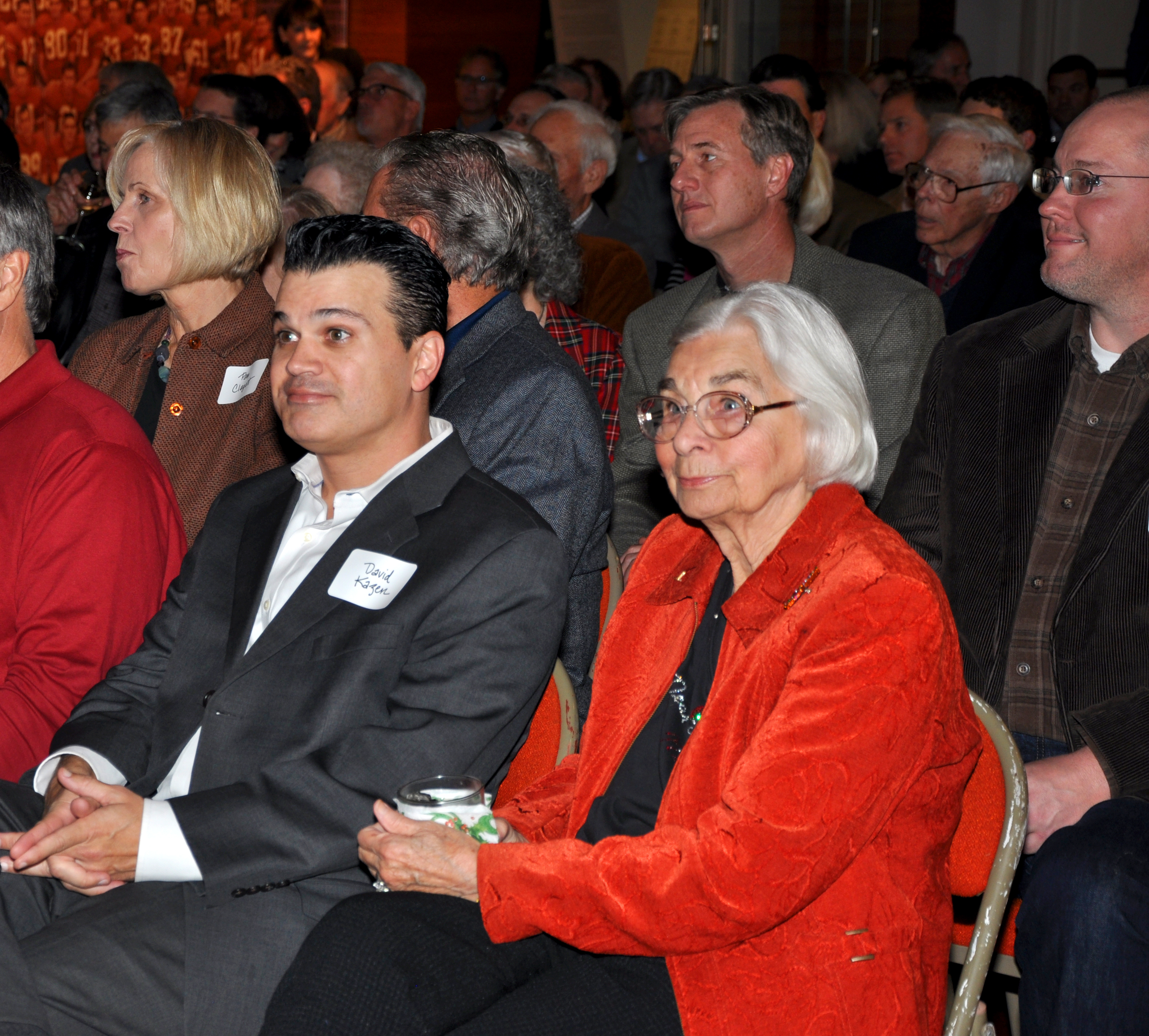

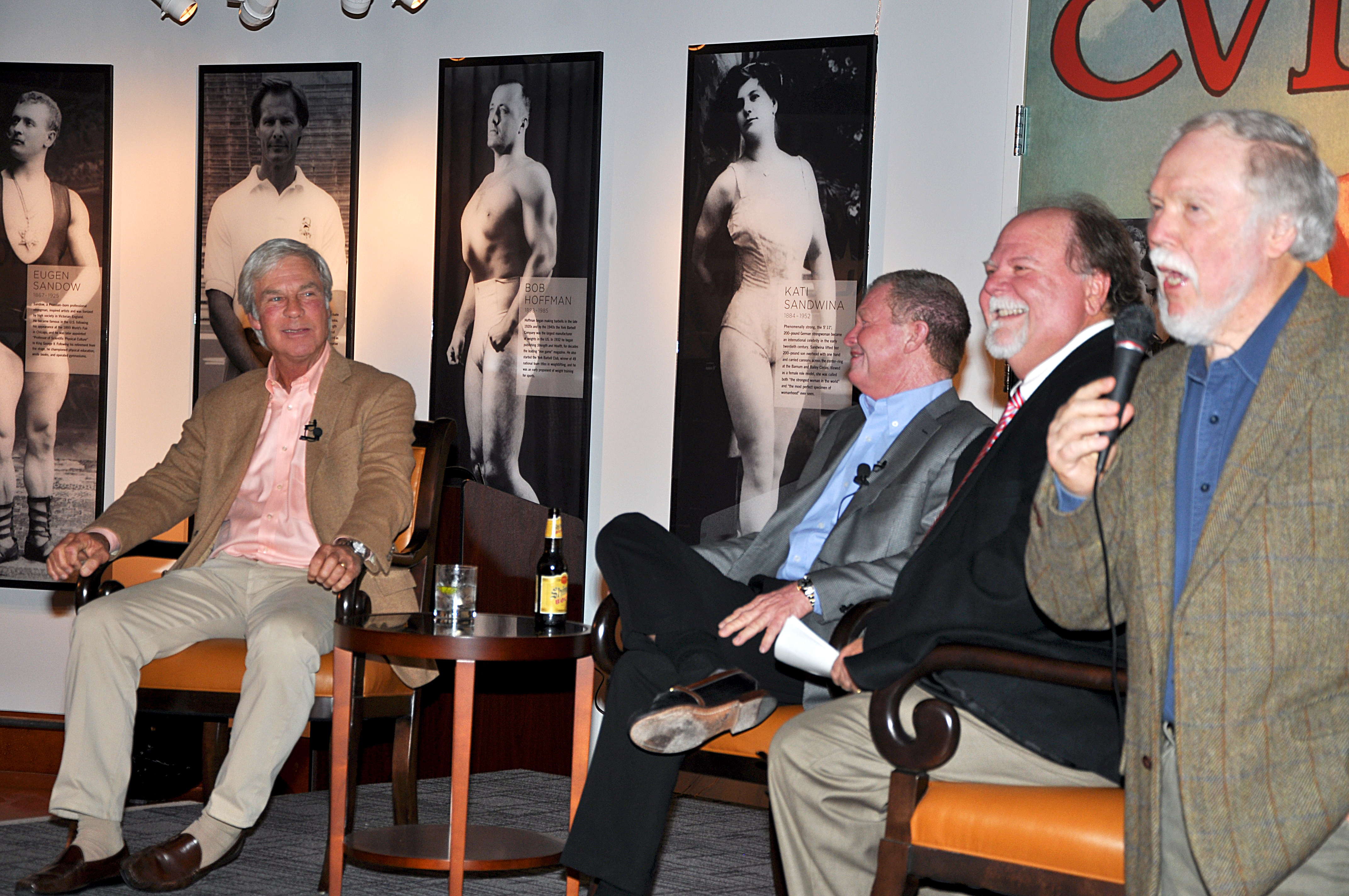
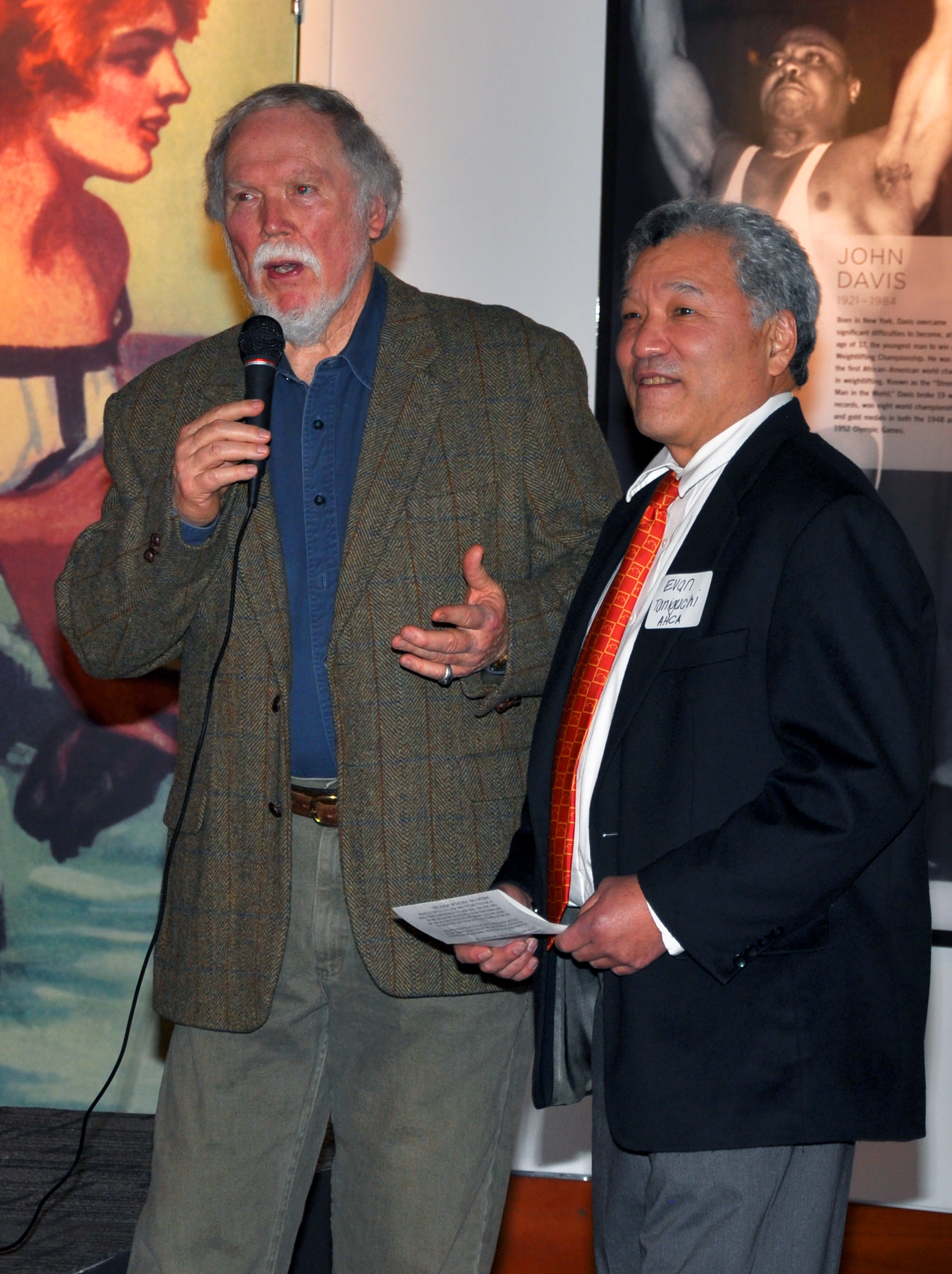
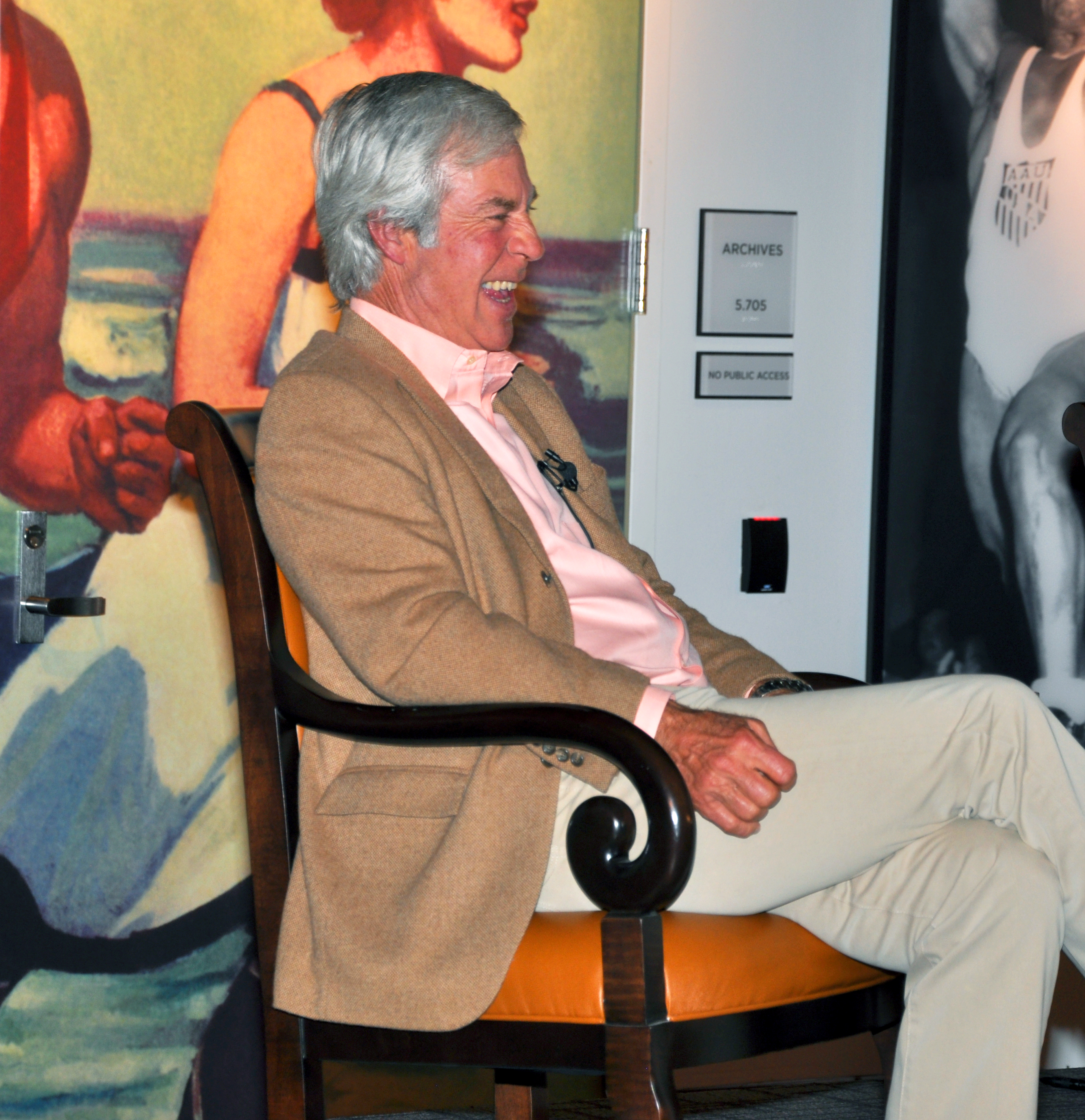

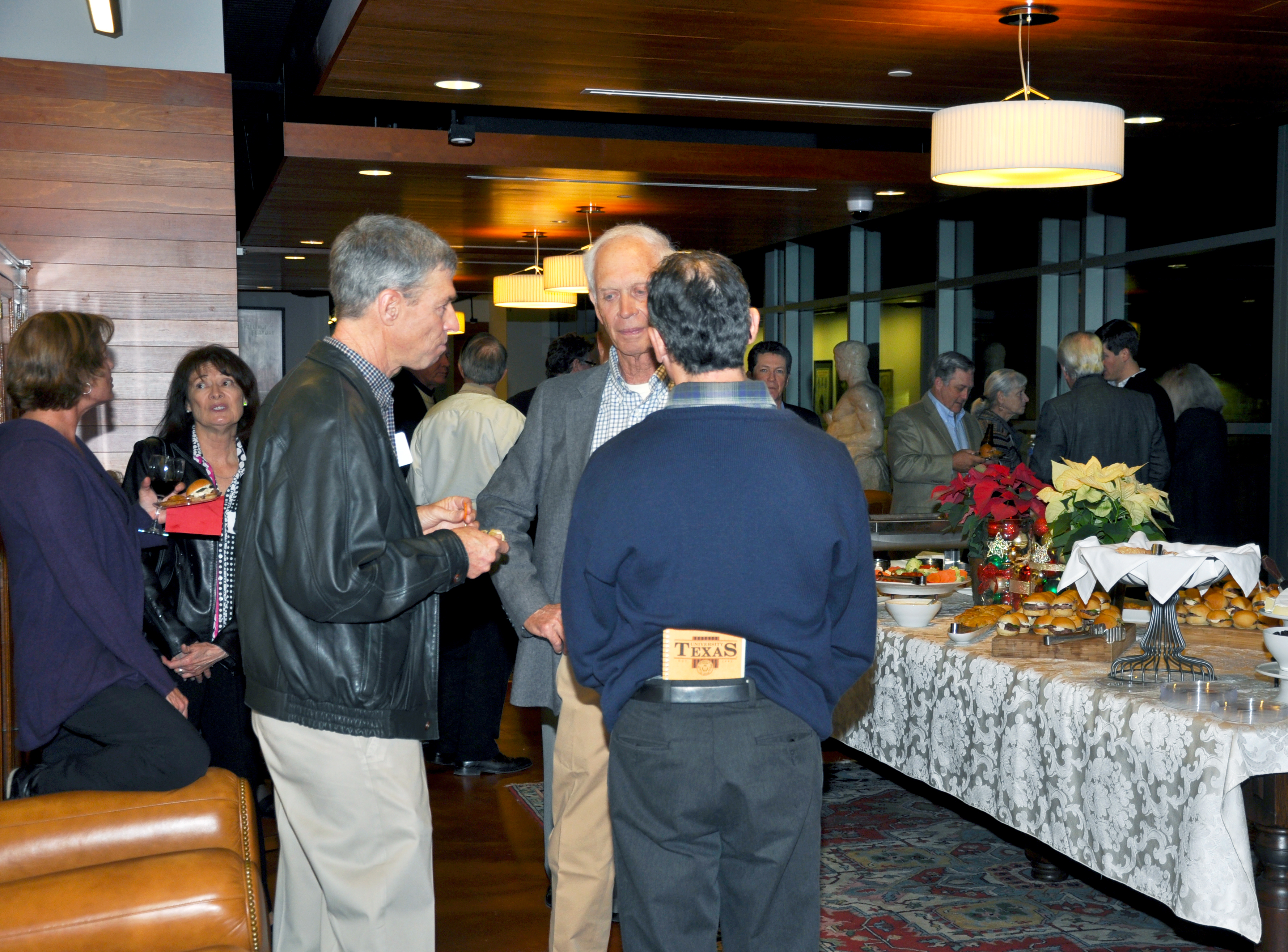

Leave a Reply